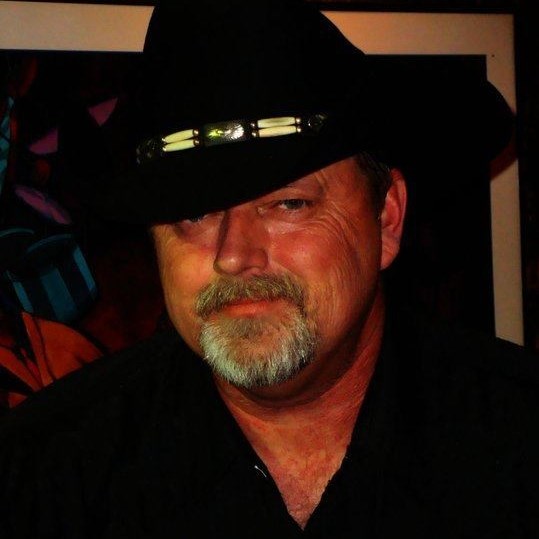Why Hellcat Coffee Is Different
Why are we different? We purchase very high end Green Coffee Beans that are grown , and harvested in areas over 1400 meters handled by select local farmers, picked, washed, and shipped to us. We purchase based on proper harvesting times that are approved by the FDA. Hellcat Coffee Blends are always Fresh Roasted to Proper Temperatures, Purchased, Tested, Cupped, Tasted, and Proven before we release it to our coffee customers. Learn About My Coffee Journey.
My Coffee Journey

You may notice the cowboy hat. I’ve been performing live country music, working late nights getting the worst coffee you can imagine at 2:30 AM. I Started 20+ Years ago and as a result of getting crappy coffee, I began with primitive means and methods and slowly worked my way through the coffee industry. It’s a battle competing against the notorious Big Brands but I’m committed to providing better quality at affordable price, and Local Delivery Services.
We Do Not Grind Coffee due to losing it’s freshness, so you’ll need a grinder. They are affordable however, the better your grinder, the better your coffee will taste.
 Hellcat Coffee Roasters
Hellcat Coffee Roasters
4232 C, Lee Highway, Warrenton
4.5 12 reviews
-
Joey Khatib ★★★★★ 3 years ago
Cal is a wonderful guy to work with and deliveries some the best coffee I've had in this area. Very highly recommended. Great customer service can't say anything bad about hellcat. -
McMichael's Parts ★★★★★ 3 years ago
We drink Hellcat coffee every day here at work and it is fantastic coffee! Roasted to perfection and a bold, refreshing taste every time. Get yours today!! -
Chris Giglio ★★★★★ a year ago
Delicious coffee and super great service! Awesome aviation-themed marketing, too! -
Ross Fuller ★★★★★ 3 years ago
Great service, delicious coffee and outstanding prices for larger purchase quantities. What more can a coffee lover wish for?! -
Calvin Smith ★★★★★ 4 years ago
What a nice shop , bought a 8oz Gift Can and was amazed. Try it. You'll Love it!
Honoring Those Who Protect Us!
Hellcat Coffee!
Preserve History By Promoting Patriotism
We Help Inspire Future Generations!
% Of Our Sales Goes to AOPA
We Are Commited To Preserving History!

The AOPA Foundation is the philanthropic arm of AOPA. Your contributions fund programs that membership dues don’t cover, including the AOPA Air Safety Institute and You Can Fly program. Our goal is to fund opportunities of growth for every AOPA member and the entire general aviation community.
Hellcat Coffee Roasters Remembers The Fallen!
Air Warfare of World War II
The air warfare of World War II was a major component in all theaters and, together with anti-aircraft warfare, consumed a large fraction of the industrial output of the major powers. Germany and Japan depended on air forces that were closely integrated with land and naval forces; the Axis powers downplayed the advantage of fleets of strategic bombers, and were late in appreciating the need to defend against Allied strategic bombing. By contrast, Britain and the United States took an approach that greatly emphasized strategic bombing, and (to a lesser degree) tactical control of the battlefield by air, as well as adequate air defenses. Both Britain and the U.S. built a strategic force of large, long-range bombers that could carry the air war to the enemy’s homeland. Simultaneously, they built tactical air forces that could win air superiority over the battlefields, thereby giving vital assistance to ground troops. The U.S. and Royal Navy also built a powerful naval-air component based on aircraft carriers, as did Japan; these played the central role in the war at sea.
Pre-war planning
Before 1939, all sides operated under largely theoretical models of air warfare. Italian theorist Giulio Douhet in the 1920s summarized the faith that airmen during and after World War I developed in the efficacy of strategic bombing. Many said it alone could win wars,[2] as “the bomber will always get through“. The Americans were confident that the Boeing B-17 Flying Fortress bomber could reach targets, protected by its own weapons, and bomb, using the Norden bombsight, with “pickle barrel” accuracy.[3] Japanese aviation pioneers felt that they had developed the finest naval aviators in the world.
